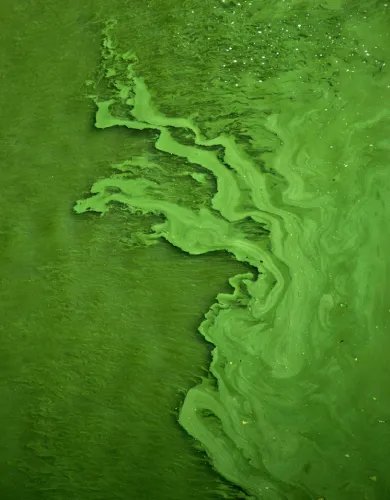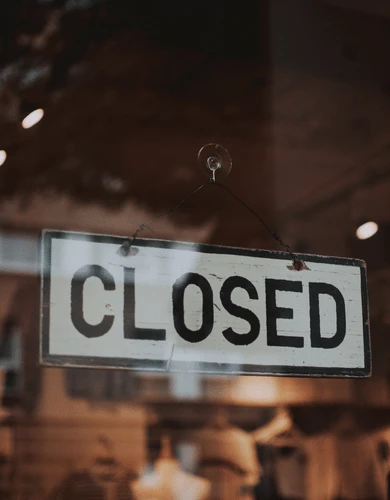Pipework chlorination – Everything you need to know.
In order to ensure the water quality is safeguarded when installing new private water pipes, pipework chlorination is a must.
Pipework Chlorination is required by the Water Supply (water fittings) Regulations 1999. Water network wholesalers will not connect a new property to the water supply mains until the chlorination has been completed.
This guide looks at what pipework chlorination is, how it works, and most importantly when chlorination is needed.
What is pipework chlorination?
Pipework chlorination is a process in which your pipework and internal water systems are flushed and chlorinated to ensure that they are thoroughly disinfected.
There are various reasons why chlorination needs to occur, including installing new pipework and suspected contamination in the water supply.
We will look at how the process works in more detail further down in the guide.
How do you chlorinate pipework?
Pipework chlorination works by initially flushing the pipes with clean water to remove any dirt or debris to provide clean pipes to begin the chlorination process.
Once the initial flush has taken place, the system and pipes will then be filled to capacity with the chlorinated solution. The solution will be at a minimum of 50mg/l of strength.
This solution will remain in the system for approximately one hour. Once the hour is up the chlorinated solution will be then neutralised and safely disposed of.
Your system will now be flushed through with clean water. This will remove any residual traces of chlorine left in the pipework or systems.
Once the system and pipes have been flushed through, the system will be filled to capacity with clean water. The water sits in the system for approximately one hour, then will be tested and sampled for microbiological and chemical analysis.
After receiving the complete analysis from the laboratory, you’ll be provided with a certificate of chlorination and an in-depth report of each sample taken. The certificates will arrive around 7-10 days after the analysis has taken place.
The certification will be required to connect new pipes to the mains supply.
When do you need pipework chlorination?
Pipework chlorination is used in various situations, including a legal requirement when integrating new pipework or a new system. Here are a few other key examples of when you as a business should undertake pipework chlorination:
- If you have suspected contamination to your water supply.
- Installation of sprinkler systems.
- If the pipework has not been used for an extended period.
- Any work undertaken to the mains supply or a new pipe being connected to the mains supply. If the pipes have not been chlorinated, you will be refused connection.
What is tested for when undertaking pipework chlorination?
The pipework chlorination process tests for the following water contaminants:
- E. coli – is a bacterium commonly found in untreated water, food and the intestines of humans and other animals. Some strains of which can cause severe food poisoning.
- Turbidity – to check if the water is clear and not being contaminated by thick, cloudy substances.
- Chlorine residuals – after the flushing process is undertaken, the water is then tested for chlorine residuals.
- Total Coliforms – tested for bacteria commonly found in water to see if any coliforms are remaining after the chlorination process.
- Total Viable Colony Counts – this gives a quantitative estimate of the concentration of bacteria, yeast, or mould spores in a sample.
- Clarity – the clarity of the water being provided throughout the premises, to ensure it is clear.

